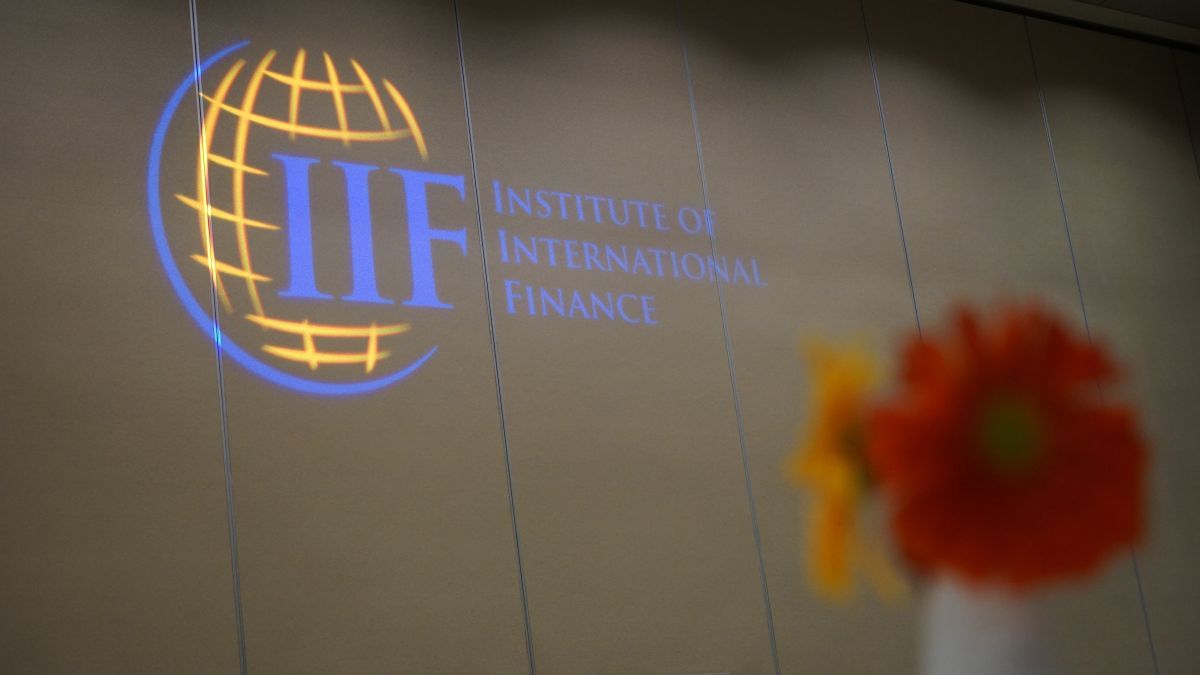Last Friday, the 40-year history of Silicon Valley Bank it came to an abrupt end when regulators closed the bank and appointed the Federal Deposit Insurance Corporation as its receiver. For startups and investors who have been financing SVB as a bank, it raised new questions about deposits.
For the US startup ecosystem, lThe news marks the end of an era. Days ago, Silicon Valley expressed its concern about the funds and an action plan that scared the sector.
What is Silicon Valley and what does it represent for the US?
SVB is a crucial lender for start-ups, and is the banking partner of nearly half of US healthcare and technology companies backed by venture capital that went public in 2022.
Silicon Valley Bank was founded in 1983 and grew rapidly due to investments in the area, which is known for hosting big tech firms like Google, Tesla, Facebook, Apple, Microsoft, Netflix, among others. Over time, it began to have a presence in other regions of the United States. Subsequently, it had operations in Israel, Ireland and Germany. Its main businesses were with funds that invested in companies that were not publicly traded. Such was its success that it collaborated with around 50% of the technology firms.
In addition, it offered consultancies, private banking services and financial products.
SVB was among the top 20 US banks by asset size. However, despite its great success, the interest rates of the US Federal Reserve (Fed) to control inflation, the reduction of personnel in technology companies and crises such as that of semiconductors, affected the market capitalization. This began to be seen since 2022, after the relaxation of the measures imposed by the COVID-19 pandemic.
Why did SVB go bankrupt?
1) The demand for financing is contracted. The cooling of the financing market is a consequence of the relentless rise in borrowing costs by the Federal Reserve during the last year, as well as the high inflation.
2) Investor risk aversion. Private equity investors are also more reluctant to write big checks due to the fall in the stock market, particularly in shares of high-flying technology companies.
Silicon Valley Bank is an institution focused mainly on emerging companies, especially in the technological and scientific sector
3) Lack of liquidity. SVB is running into cash burns due to declining deposits from start-ups – start-ups – which are facing a drought of venture capital funding.
4) Fears about the massive sale of shares. The bank was forced to carry out a forced sale of securities on Wednesday the 8th for a value of USD 21,000 million, which entailed losses of USD 1,800 million and resulted in a 60% drop in its shares on Wall Street.
5) “Cascade” effect on the banking sector. San Francisco-based First Republic slumped 16.5% after hitting its lowest level since October 2020. First Republic and SVB were the biggest losers of the S&P 500 in percentage terms on Thursday, while the JPMorgan’s loss outweighed any other stock in the S&P 500’s 1.9% drop.
Deposits
SVB had a relatively small and highly committed depositor pool. Some 37,000 clients represented almost 157,000 million dollars –some 147,300 million euros–, that is, 74% of the bank’s assets, with an average account size of more than 4 million dollars.
This helped bolster SVB’s reputation as a Silicon Valley benchmark bank in good times, but exacerbated the crisis when it struck on Thursday-Friday.
The insurance of the Federal Deposit Insurance Corporation (FDIC) only protects 250,000 dollars per account –about 235,000 euros–, which meant that by the end of 2022, around 88% of the 173,000 million dollars –162,325 million euros– in bank deposits were not insured.
According to Rick Remiker, a former senior executive at a large regional bank, SVB’s customer and industry concentration risks may not have been fully appreciated.
“Although it seemed like they had a very diversified client base, the reality is that a small number of venture capital and private equity firms were the rulers of all these early- and mid-stage tech companies,” Remiker told Business. Insider. “That concentration adds to the wild swings, with a major crisis of confidence and the rush to withdraw cash.”
The company received large funds in 2021, and as the Federal Reserve raised rates sharply and government bond yields soared, the market value of SVB’s mortgage bonds plummeted.
This led the company to rack up billions in losses on paper, rendering the bank technically insolvent. Of course, they were only losses on paper, and SVB could have gotten out of the situation without much trouble.
Meanwhile, as VC funds dried up and start-ups scrambled to expand their reach, many began withdrawing money from their accounts.
Deposits at SVB fell from 198,000 million dollars –185,783 million euros– in March 2022 to 165,000 million –154,819 million euros– at the end of February 2023.
Source: Ambito
I am a 24-year-old writer and journalist who has been working in the news industry for the past two years. I write primarily about market news, so if you’re looking for insights into what’s going on in the stock market or economic indicators, you’ve come to the right place. I also dabble in writing articles on lifestyle trends and pop culture news.



